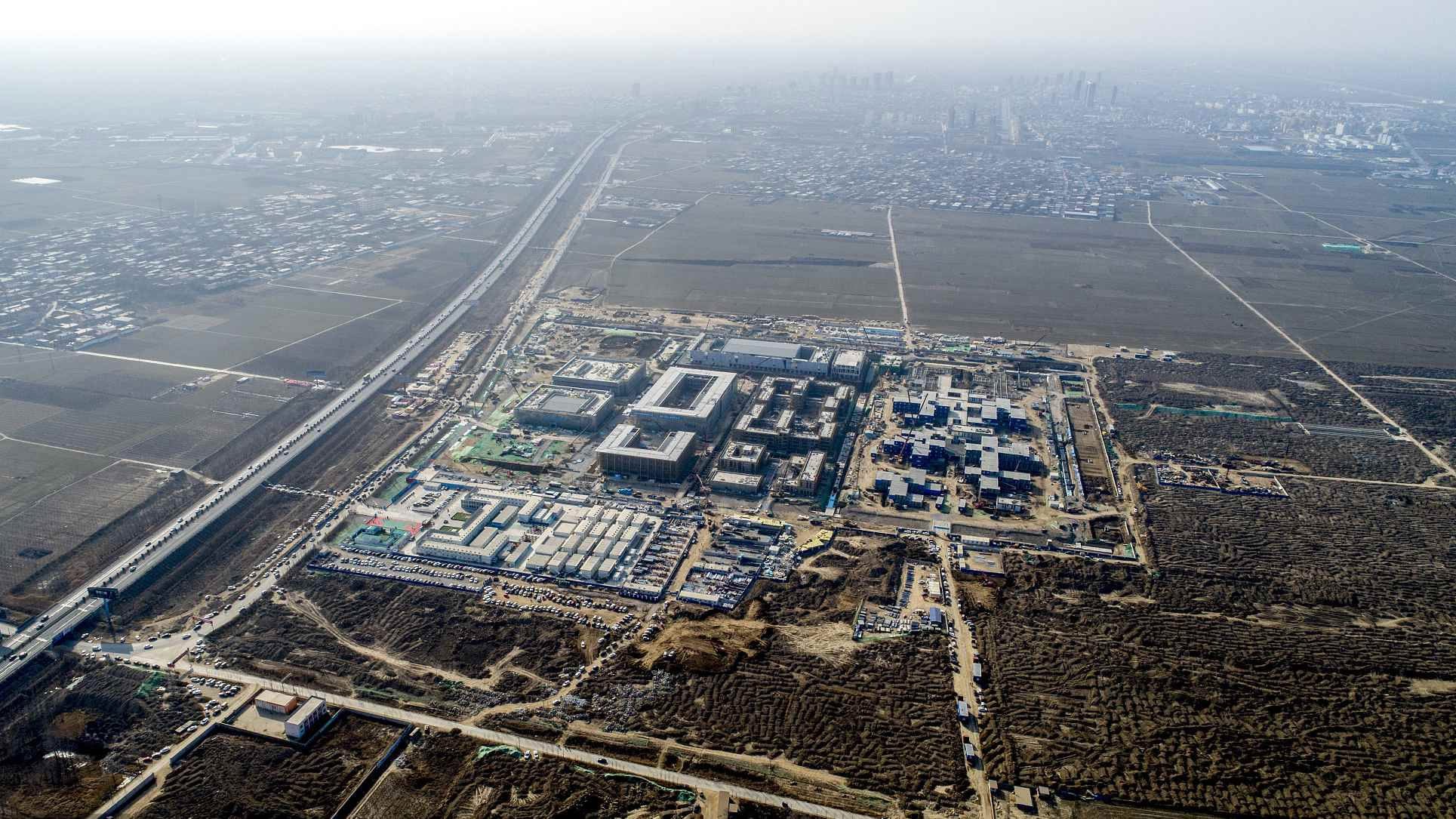
Business
15:57, 17-Mar-2018
Xiong'an presents opportunities for innovative urban planning
By CGTN’s Ning Hong

It’s been nearly a year since the establishment of the Xiong’an New Area, a new city to be built from scratch, south of Beijing in Hebei Province.
It has attracted people from across the country, looking for opportunities in the new city.
Che Chenguo is one of them. He moved to the Xiong’an New Area after the big announcement last April and later opened his store, with full confidence for the future of the new city.
City planners are busy figuring out the logistics of putting together a new metropolis.
Yin Huiliang, the Director of The Planning and Research Center of China Academy of Urban Planning and Design, the main body to draft the overall plan of Xiong’an, said the Xiong’an New Area will not allow massive property development, but will harbor non-core functions of Beijing. Most importantly, the Xiong’an New Area will create a positive environment for innovation and entrepreneurs.
The non-core functions of the capital include wholesale markets, education, research institutes, logistics and healthcare.
This year marks the 40th anniversary of China’s reform and opening up. Following in the footsteps of places like Shenzhen and Shanghai's Pudong area, Xiong’an is expected to provide a new model for city development.
The first step has already been taken: In Xiong’an's start-up area, the first building complex – a citizen service center – is rising from the ground.
Along with a draft of the overall plan, major projects are already underway, including an intercity high-speed railway connecting Beijing and Xiong’an, massive forestation work, and the restoration of Baiyangdian Lake.
Xiong’an is designed as a reflection of innovation, coordination, environmental appreciation, openness, and sharing – five major concepts of development in China.

SITEMAP
Copyright © 2018 CGTN. Beijing ICP prepared NO.16065310-3
Copyright © 2018 CGTN. Beijing ICP prepared NO.16065310-3